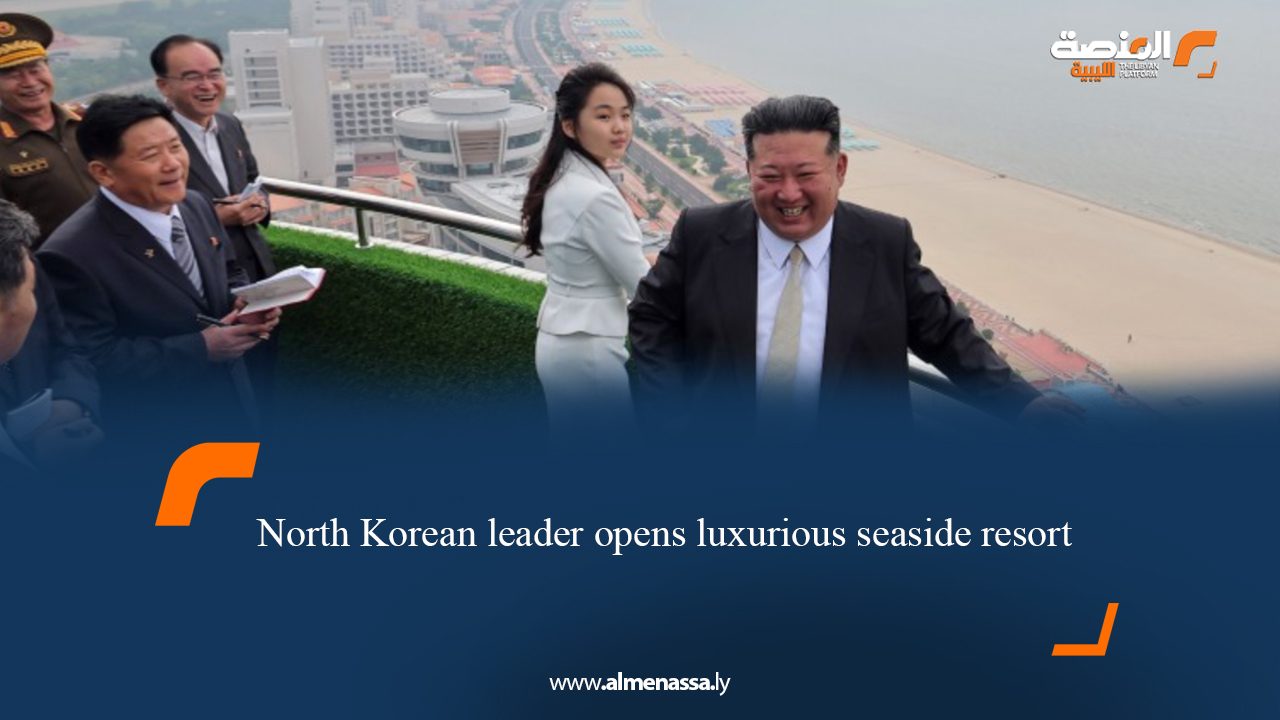North Korean leader Kim Jong Un personally officiated the ribbon-cutting ceremony for a new luxury seaside resort, hailed by state media as a “tourist city representing a national treasure.”
According to the Korean Central News Agency (KCNA), Kim inaugurated the sprawling Kalma resort, which features water parks, hotels, and accommodation for nearly 20,000 guests, in one of the world’s most isolated nations.
As reported by CNN, the Wonsan-Kalma coastal tourist zone, unveiled at a ceremony on June 24, is located on North Korea’s east coast. KCNA stated that “service for local guests will begin on July 1st.”
North Korea had earlier this month announced the opening of Kalma train station, noting it was built “to ensure a high level of comfort for travellers to the coastal tourist area.” The Kalma beach resort is situated next to an international airport, further indicating the project’s aim to attract foreign currency.
International attendance at the ribbon-cutting ceremony was limited to the Russian ambassador and his staff, reflecting Pyongyang’s increasing alignment with Moscow amid growing isolation from the West.
In 2024, United Nations Commissioner for Human Rights Volker Turk described North Korea under Kim’s rule as a “suffocating environment, where life is a daily struggle devoid of hope.”
Last year, small groups of Russian tourists visited North Korea for a three-day ski holiday at the Masikryong resort, a long-standing tourist attraction since its opening in December 2013. These trips, like all tourist experiences in North Korea, were subjected to stringent government control.
Returning tourists told CNN they were subject to strict rules on what they could and could not photograph, and were required to watch a dance performance by North Korean children in addition to outdoor activities.
In a country where international tourism has largely been open only to Russian nationals since the end of the COVID-19 pandemic, and where domestic travel is severely restricted, this new development raises questions about accessibility, target audience, and economic viability.


